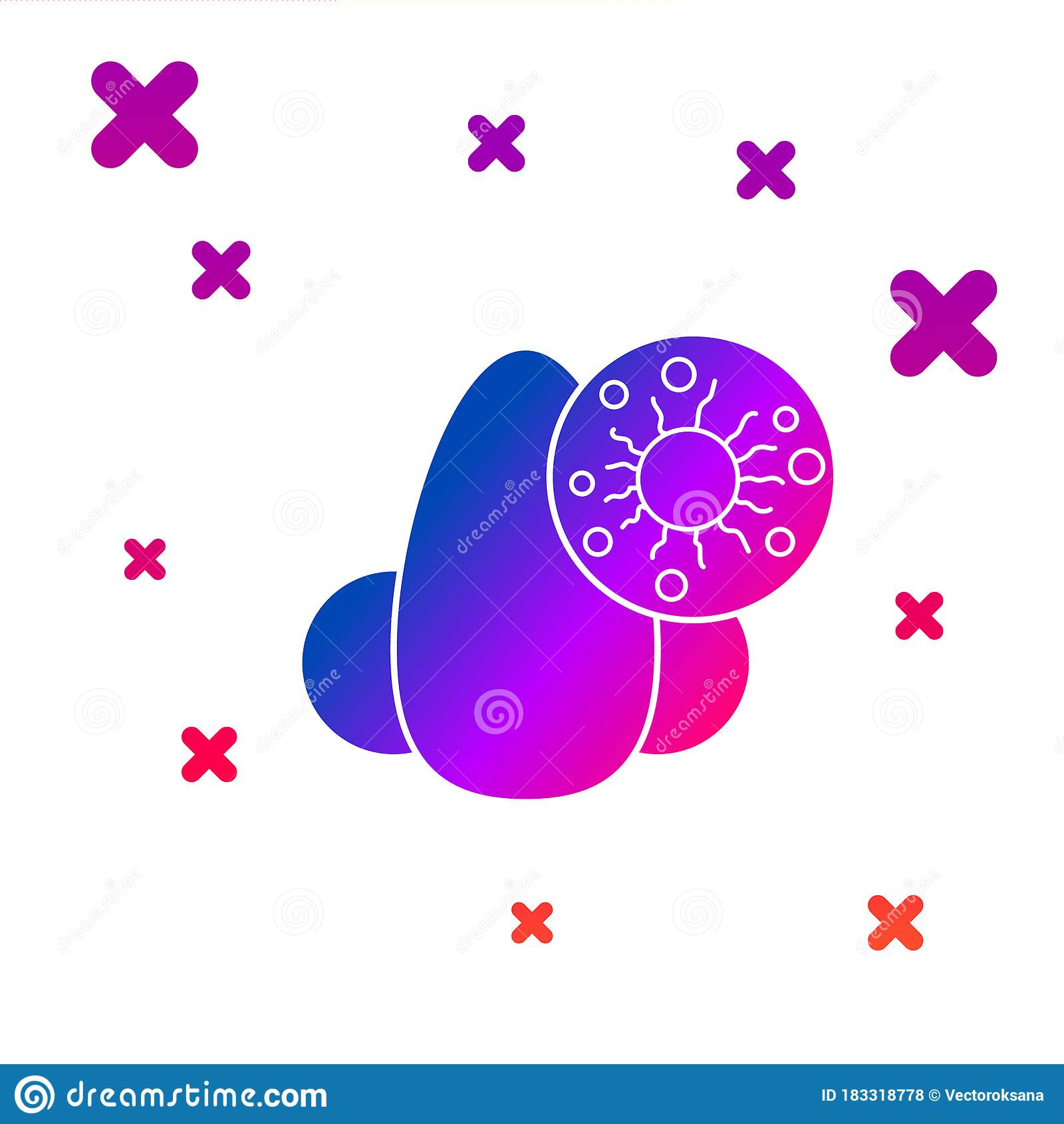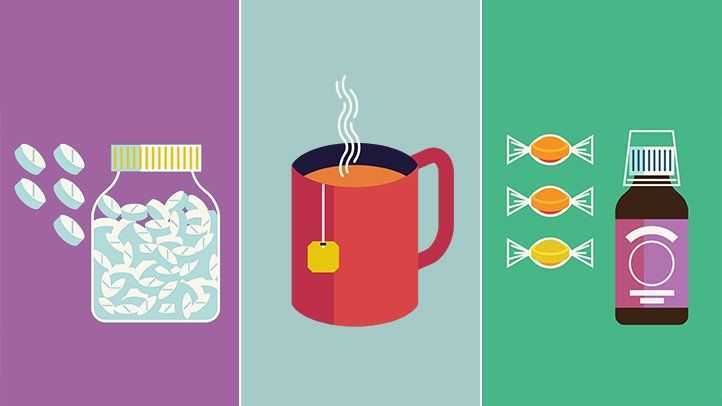
There are many options available for kids who have cold or flu symptoms. Gargling with salt water, Nasal Saline Drops, Vitamin C, and quitting smoking are some home remedies for stuffy eyes. If symptoms don't disappear within three days, a doctor may be required. The lifestyle of children may play a part in the symptoms of a flu or cold.
Home remedies for a stuffy nasal
If you have a child with a stuffy nose, you should consider home remedies for cold and flu for kids. You can give your child an over-the–counter cough medicine but this is not recommended for young children. It may worsen the condition by drying out their nasal passages. Your child should be encouraged to drink plenty water. This will help keep their nasal tissues moisturized. You can also make 100% fruit popsicles or purchase them from the grocery store. These may be more popular than water for your child, so it is important to stay away from products containing caffeine.
Gargling in salt water
For hundreds of years, salt water gargling has existed. A study of 400 people concluded that salt water gargling was 40 percent less likely to cause upper respiratory tract problems. Gargling with salt water draws fluid from inflamed tissues of the throat, which helps to loosen mucus and flush out other irritants. According to the Mayo Clinic, gargling with saltwater should be performed for approximately three seconds.

Nasal saline drops
Congestion in the nose is common for children who have respiratory infections or are suffering from common cold symptoms. Congestion can be relieved by using nasal saline drops and sprays. By thinning the mucus and reducing swelling, these remedies can help children breathe easier. They are safe for infants and children, as they don't contain any medication. Read on to learn how to apply these drops to your child's nose.
Vitamin C
While vitamin C has long been touted as a good cure for the common cold, there is currently little evidence to support its use as a therapeutic treatment. While it might be possible to reduce cold symptoms by taking a prophylactic dose (a preventive measure), the benefits of vitamin C for children are still unclear. To determine the best dose and time to supplement, more research is required. Children are more likely to experience the benefits of prophylactic vitamin A than children who receive therapeutic doses.
Echinacea
Parents who are looking for natural cold and flu remedies for their kids have an excellent choice in the herb Echinacea. This perennial flowering plant is also known as coneflower and has brightly colored blossoms around a spiky seedhead, which can be red or violet. There are many types of Echinacea. The medicinal properties of each one can vary. This herb contains a complex mix of active compounds, including the phenols that control enzymes as well as cell receptors.

FAQ
What's the difference between a virus & a bacterium?
A virus is a microscopic organism which cannot reproduce outside of its host cell. A bacterium is an organism that splits itself in two. Viruses measure only 20 nanometers in diameter, but bacteria is up to 1 millimeter in size.
Viruses are often spread through contact of infected bodily fluids like saliva, urine or semen. Bacteria are usually spread through direct contact with contaminated objects or surfaces.
Viruses can get into our bodies through cuts and scrapes on the skin, bites, and other injuries. They may also enter through the nose, mouth, eyes, ears, vagina, rectum , or anus.
Bacteria may enter our bodies through cuts and scrapes on our skin, burns, insect bites, and other wounds. They can also enter our bodies from food, water, soil, dust, and animals.
Viruses and bacteria both cause illness. But viruses can't multiply within their hosts. So they only cause illnesses when they infect living cells.
Bacteria can cause illness by multiplying in the body. They can infiltrate other parts of the body. To kill them, we must use antibiotics.
What can you do if your immune system is weak?
Human bodies are made up of trillions upon trillions of cells. These cells combine to form organs or tissues that serve specific functions. Another cell takes its place when a cell dies. The chemical signals known as hormones are used to communicate between cells. Hormones regulate all bodily functions from growth and developmental to metabolism and immunity.
Hormones refer to chemicals produced throughout the body by glands. They circulate through the blood stream and act as messengers to regulate how our bodies function. Some hormones are produced within the body while others are externally manufactured.
When a hormone-producing gland releases their contents into the bloodstream, hormone production begins. Once hormones have been released, they travel through the body until reaching their target organ. In some cases hormones can remain active for only a few hours. Others hormones are more active and have a longer life expectancy. They can still influence the body's functions long after they are eliminated from the bloodstream.
Some hormones are made in large quantities. Others are produced in small amounts.
Certain hormones can only be produced at specific times in life. For example, estrogen is made during puberty. Women can get estrogen to build breasts, prevent osteoporosis, and keep their bones healthy. It promotes hair growth as well as keeping skin soft and smooth.
How to measure bodyfat?
A Body Fat Analyzer (BFA) is the best method to measure bodyfat. These devices measure the body fat percentage in people who wish to lose weight.
Exercise: Good and bad for immunity?
Your immune system is strengthened by exercise. When you exercise, your body produces white blood cells which fight off infections. You can also eliminate toxins from the body. Exercise is a great way to prevent heart disease, cancer, and other diseases. It reduces stress.
But, too much exercise can lead to a weakening of your immune system. When you exercise too hard, your muscles will become sore. This can cause inflammation as well as swelling. To fight infection, your body will produce more antibodies. However, these antibodies can also cause allergic reactions and autoimmune diseases.
So, don't overdo it!
How do I know what's good for me?
You must listen to your body. Your body will tell you how much exercise, nutrition, and sleep you need. Your body will tell you what to do so that you don't go overboard. Pay attention to your body, and ensure that you are doing all you can to keep yourself healthy.
How do you get enough vitamins?
Most of your daily vitamin requirements can be met by diet alone. Supplements are an option if you are low in any vitamin. A multivitamin supplement can provide all the vitamins you require. You can also buy individual vitamins in your local drugstore.
Talk to your doctor about the best foods for vitamins if you're concerned about not getting enough nutrients. The best sources of vitamins K, E, and C are found in dark green leafy veggies such as spinach and broccoli, kale.
Ask your doctor if there is any doubt about how much vitamin you should be taking. Your medical history and current health will help you determine the best dosage.
Statistics
- This article received 11 testimonials and 86% of readers who voted found it helpful, earning it our reader-approved status. (wikihow.com)
- According to the Physical Activity Guidelines for Americans, we should strive for at least 150 minutes of moderate intensity activity each week (54Trusted Source Smoking, harmful use of drugs, and alcohol abuse can all seriously negatively affect your health. (healthline.com)
- The Dietary Guidelines for Americans recommend keeping added sugar intake below 10% of your daily calorie intake, while the World Health Organization recommends slashing added sugars to 5% or less of your daily calories for optimal health (59Trusted (healthline.com)
- According to the 2020 Dietary Guidelines for Americans, a balanced diet high in fruits and vegetables, lean protein, low-fat dairy and whole grains is needed for optimal energy. (mayoclinichealthsystem.org)
External Links
How To
What does the word "vitamin" mean?
Vitamins are organic compounds naturally found in food. Vitamins aid us in absorbing nutrients from the food we eat. Vitamins cannot be made by the body; they must be taken from food.
There are two types: water-soluble and fat-soluble vitamins. Water-soluble vitamins dissolve in water easily. These include vitamin C (thiamine), Vitamin B1 (riboflavin), Vitamin B2 (riboflavin), Vitamin B3 (niacin), Vitamin B6 (pyridoxine), Vitamin C, B1 (thiamine), Vitamin B2 (riboflavin), Vitamin B3 (niacin), and Vitamin B6 (pyridoxine). The liver and fatty tissues are home to fat-soluble vitamins. These include vitamin D, E and K, as well as beta carotene.
Vitamins are classified according to their biological activity. There are eight major groups of vitamins:
-
A – Essential for normal growth, and the maintenance of good health.
-
C is important for nerve function and energy production.
-
D - necessary for healthy bones and teeth.
-
E is required for good vision and reproduction.
-
K - Essential for healthy muscles and nerves.
-
P - Essential for strong bones and teeth.
-
Q - aids digestion, absorption and absorption iron
-
R is required for the production of red blood cells.
The recommended daily allowance of vitamins (RDA), varies according to age, gender, physical condition, and other factors. The U.S. Food and Drug Administration sets RDA values.
For example, the RDA for vitamin A is 400 micrograms per dayfor adults 19 years or older. However, pregnant women need 600 micrograms per day because it is important for fetal development. Children ages 1-8 require 900 micrograms per day. For infants younger than one year, 700 micrograms are required daily. However, this number drops to 500 micrograms each day for children aged 9-12 months.
Children between the ages 1--18 years old who are overweight or obese require 800 micrograms per Day, while those who are overweight or obese need 1000 micrograms. To meet their nutritional needs, children underweight and obese require 1200 micrograms a day.
Children aged 4-8 years old who have been diagnosed as having anemia require 2200 micrograms of vitamin C per day.
2000 micrograms daily is required for adults over 50 to maintain their general health. Due to their increased nutrient needs, pregnant and breastfeeding women need 3000 micrograms daily.
1500 micrograms are required daily by adults over 70 because they lose approximately 10% of their muscle each decade.
Women who are pregnant or nursing need more than the RDA. Pregnant women need 4000 micrograms per dayduring pregnancy and 2500 micrograms per day after delivery. Breastfeeding mothers need to consume 5000 micrograms every day when breastmilk has been produced.